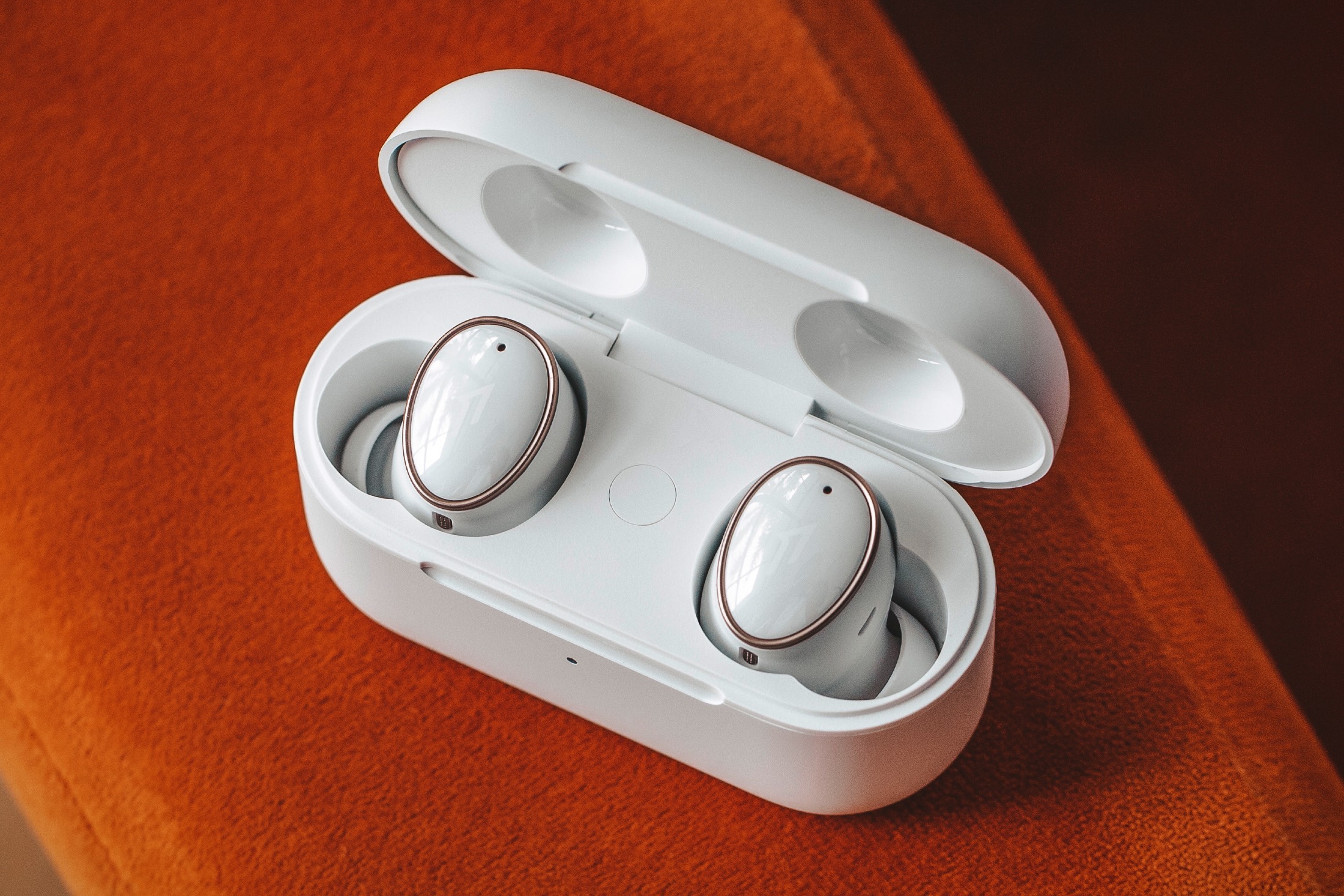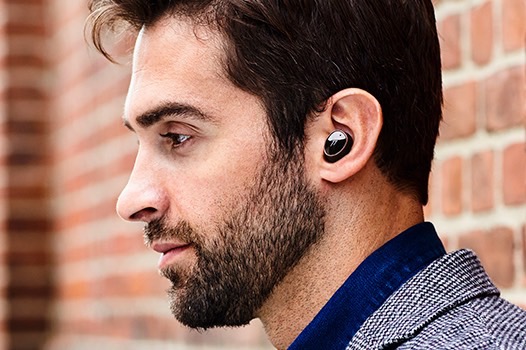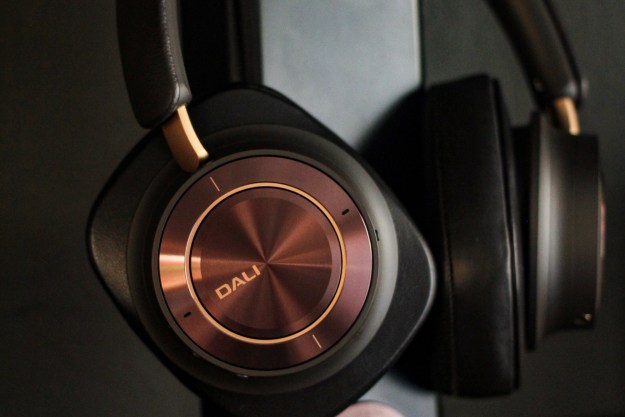The latest noise-canceling wireless earbuds from 1More combine the size and shape of its popular ColorBuds 2 with wireless hi-res audio. The 1More Evo will sell for $170 when ordering begins on May 10, 2022. They will come in black and white colors, and the company is offering $30 off if you order between May 10 and June 8.
To deliver on the promise of wireless hi-res audio, the Evo use Sony’s LDAC Bluetooth codec, which can handle 24-bit audio using lossy compression as long as you have a compatible smartphone or computer. That’s a trait they share with the more more expensive Sony WF-1000XM4 and the Technics EAH-AZ60, making the 1More Evo one of the most affordable ways to get LDAC capability in a set of earbuds. Unfortunately, that leaves out anyone using Apple’s phones or tablets as iOS and iPad OS do not support LDAC.

Another feature that should help the Evo deliver on high-quality sound is their hybrid driver architecture. Each earbud contains one dynamic driver and one balanced armature driver, an arrangement we’ve seen on another affordably priced set of wireless hi-res audio earbuds — the Edifier NeoBuds Pro.
The Evo also possess active noise cancellation (ANC), which 1More claims can reduce unwanted sounds by up to 42dB. That’s more than what other companies usually claim for their ANC systems, which typically reduce about 32dB of noise. You can also select an adaptive ANC mode that will self-calibrate to the sounds around you as they change, or a wind noise-reduction mode that is designed to deal with buffeting winds, a situation that can prove difficult for ANC systems.
When you want to hear your surroundings, two transparency modes are available. A standard mode enhances general situational awareness for dealing with traffic and other potential hazards, while a voice-specific mode attempts to isolate human speech from other sounds to make conversations easier. A similar system is used for phone calls to make your voice clearer to your callers.
The Evo earbuds have a claimed eight-hour battery life between charges, though 1More hasn’t indicated if that’s with or without ANC or transparency modes on, and a total of 28 hours when you include the charging case. When LDAC is used, you can expect to get far less playtime as that technology tends to be much more power-hungry than codecs like AAC or aptX.
The company says its fast-charging system will give you an additional four hours of life with only 15 minutes of time spent in the case — a very decent level of performance for wireless earbuds, which typically deliver an extra hour or 1.5 hours after 10 minutes of charging. The case also supports wireless charging via any Qi-compatible charging pad.
The Evo possess an IPX4 rating for water protection, so these earbuds should be fine for those who want to work out or exercise with their music. They also have wear sensors so you can auto-pause your music when you remove one or both earbuds.
Correction: An earlier version of this article incorrectly stated that the Evo earbuds are THX Certified. We apologize for the error.
Editors' Recommendations
- Nothing’s new earbuds upstage Apple, Google, and Amazon by embedding ChatGPT
- Next-gen wireless headphones will get lossless hi-res audio with a little help from Qualcomm
- Sennheiser Momentum True Wireless 4 debut with lossless audio, but skip the spatial trend
- JLab jumps into hi-res and Bluetooth LE audio with $200 Epic Lab Edition earbuds
- Creative’s Aurvana Ace are the first wireless earbuds to use MEMS drivers







